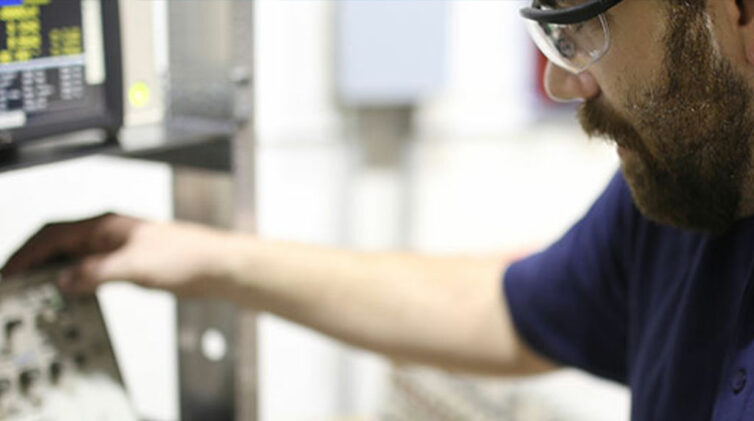As well as attending information seminars, the switch away from current industry standard refrigerant R134a will require many workshops to invest in upgraded air-conditioning service equipment.
The need to buy new equipment, and the fact that the new gases are more expensive than R134a, has raised fears in the industry that some operators will be tempted to re-gas air-con systems using non-standard refrigerants that are highly flammable and could prove to be a time-bomb for the next technician that works on the systems.
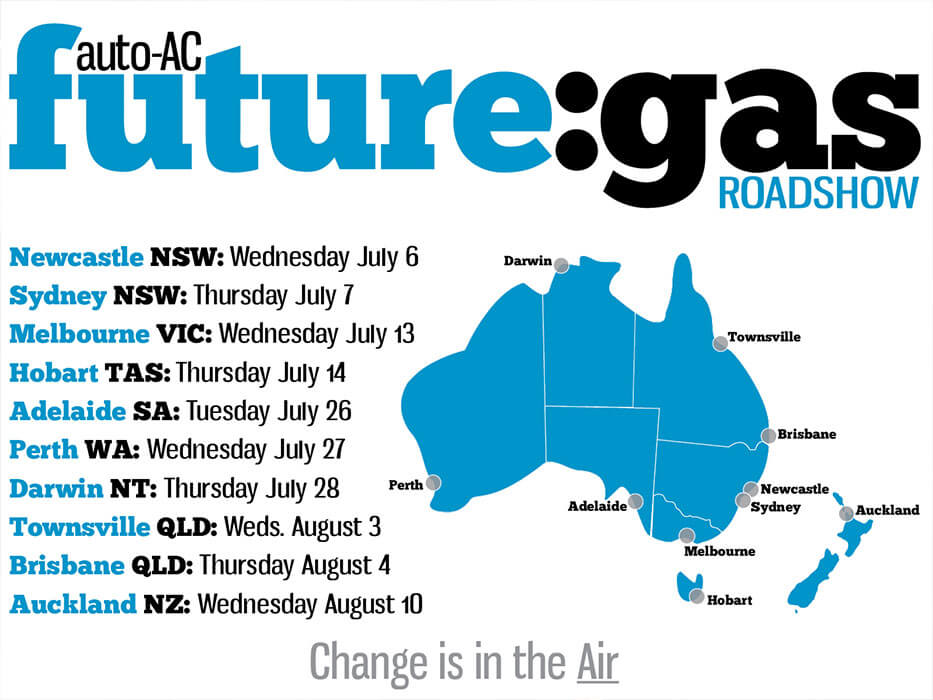
Four leading industry bodies have created the Future:Gas seminar series to prepare businesses for the arrival of new automotive refrigerants and help dispel the misinformation and confusion surrounding their adoption. It will be one of the biggest industrial education campaigns ever seen and is likely to take some years to complete.
The global switch away from R134a has been prompted by environmental legislation in the European Union, North America and Japan. This has already resulted in a growing number of imported cars arriving in Australian showrooms using one of the new refrigerants, called R1234yf.
In line with this international trend, the Australian federal government recently announced a decision to phase out high global warming potential (GWP) refrigerants, including R134a, as part of its commitment to a proposed global hydrofluorocarbon (HFC) phase-down under the Montreal Protocol, an international agreement that since the 1990s has dramatically reduced emissions of ozone layer damaging chlorofluorocarbons (CFCs).
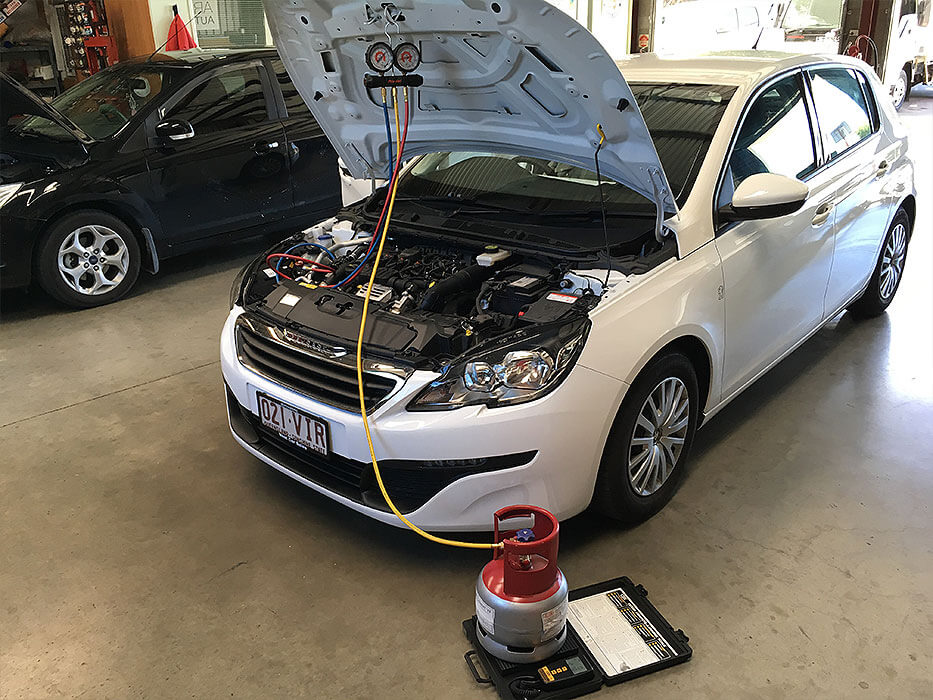
Gas challenge: The Peugeot 308 was one of the first models sold in Australia using new air-conditioning refrigerant R1234yf.
The switch away from R134a will mean franchised dealers and workshops that service vehicle air-conditioning systems will, in most cases, have to buy new equipment that is compatible with the new refrigerants, according to Ian Stangroome, president of VASA, the industry association that represents air-conditioning, electrical and cooling technicians.
VASA is one of the four industry bodies that have created the Future:Gas seminar series.
There are about 26,000 licensed automotive air-conditioning technicians around the country, and for workshops to equip themselves to handle the new gases could cost upwards of $2000, Mr Stangroome said. A fully automatic outfit would cost more and there could be extra expense, according to which of the two new gases repairers have to deal with.
In addition to R1234yf, a second refrigerant called R744 is being introduced, which is actually high-purity carbon dioxide. This refrigerant will bring its own challenges as it operates at up to ten times the pressure of R1234yf, and as such will first be introduced in high-end luxury cars from 2017.
“With the introduction of these new refrigerants, there may be some businesses that decide they don’t want to pursue air-conditioning any more,” said Mr Stangroome. “That may well happen.”
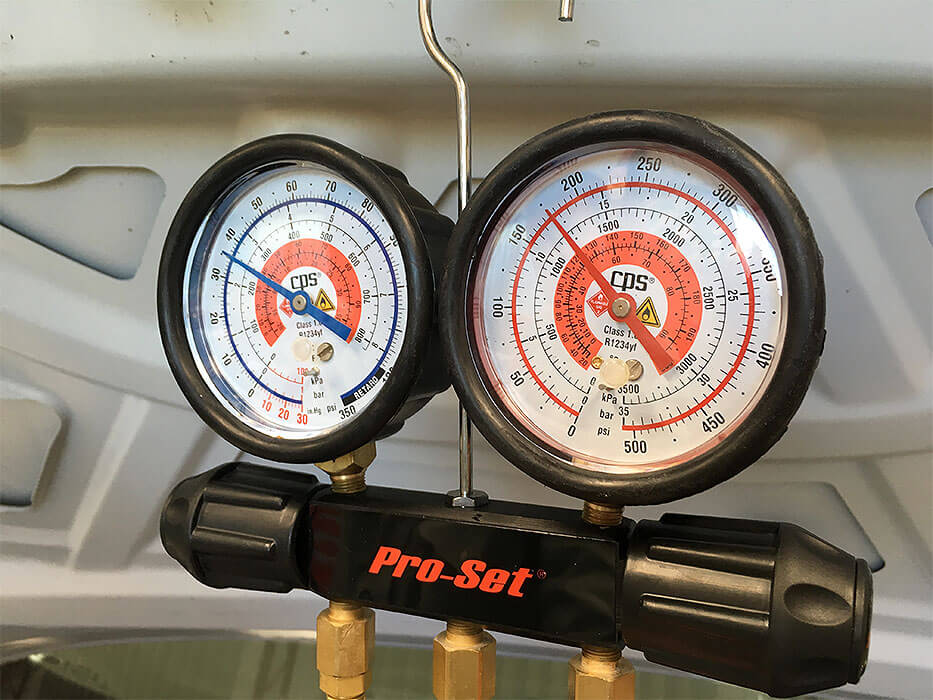
But the replacement of R134a with more expensive R1234yf was essential, he said, explaining that R134a was 1400 times more damaging as a greenhouse gas than R744/CO2, which has a global warming potential (GWP) of one. R1234yf has a GWP of less than one.
“It is necessary because we have got to protect the environment,” said Mr Stangroome.
“This is not something done just to generate turnover of dollars. In terms of equipment required, there will be a very beneficial environmental outcome by transitioning to the new refrigerants.”
He added that he was concerned that rogue operators may use a generic hydrocarbon gas as a refrigerant because it is cheaper than R1234yf.
“There is a hydrocarbon refrigerant in Australia sold under several brand names. Some technicians are taking it up to use in mobile air-conditioning – automotive air-conditioning – but it is highly flammable and extremely explosive and is not used by any car manufacturer globally for any automotive application.
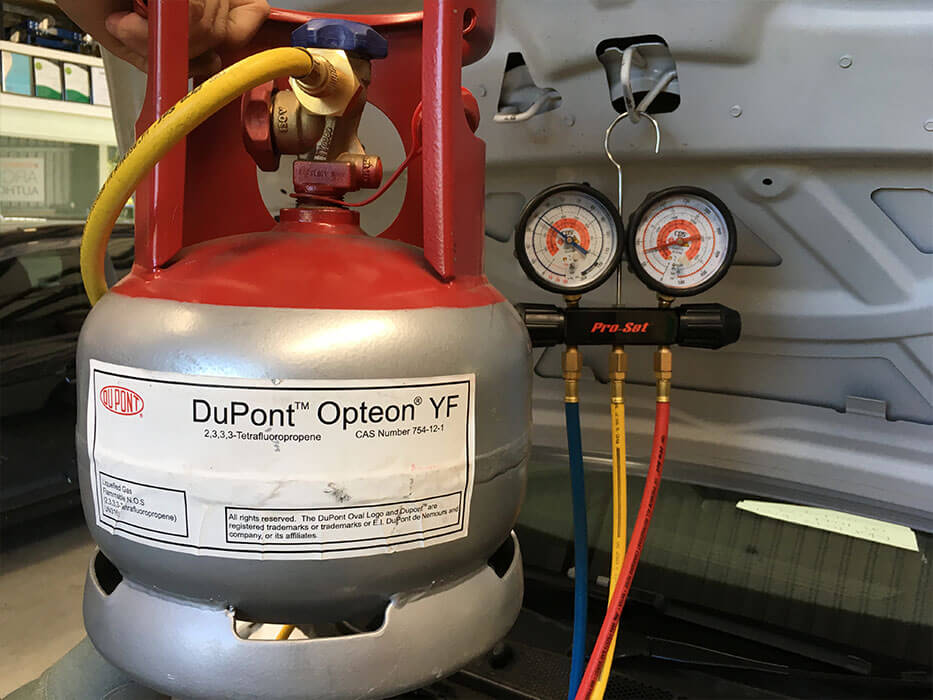
“It’s banned in the US. Some jurisdictions in Australia have restrictions around its use, like Queensland.
“It’s not a new refrigerant. It has been around since early 20th century. It has not been adopted by car manufacturers because it is highly flammable.”
In contrast, the R1234yf refrigerant is rated as mildly flammable. Not only that, it is difficult to ignite and, even if that happens, it struggles to maintain a flame and systems using it must be designed to new SAE standards that reduce the likelihood of refrigerant leaking into a vehicle’s passenger compartment.
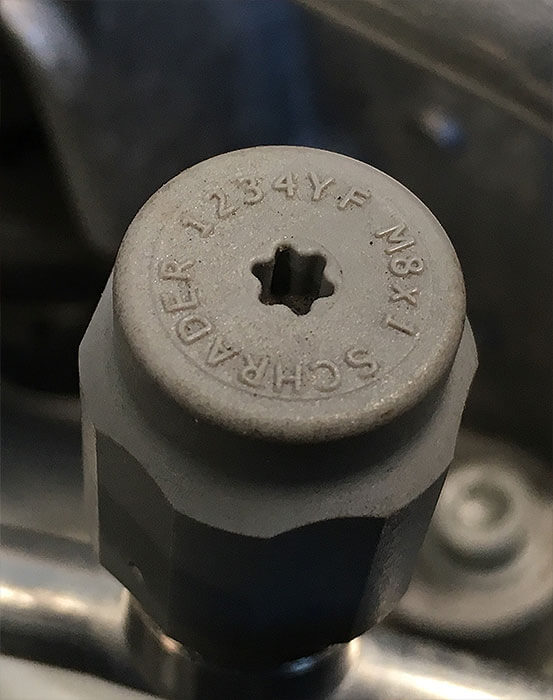
Like the air-con systems themselves, servicing equipment for both R1234yf and R744 must also be built to new SAE standards.
The switch to R1234yf and R744 will require a massive education program by the most prominent industry organisations: VASA, Refrigerants Australia, Refrigerant Reclaim Australia and the Australian Refrigeration Council.
These four bodies have pulled together a comprehensive education seminar called Future:Gas that they will take to many parts of Australia and New Zealand.
The initial series of seminars will see 10 events held, with around 150 people expected to attend each one. Tickets will cost $10.
The seminars are comprehensive trade shows with equipment displays and demonstrations as well as the presentations by industry experts.
“Much of the automotive sector lacks awareness or is confused by conflicting messages or misinformation about the new automotive refrigerants R1234yf and R744,” Mr Stangroome said.
“So there is a pressing need for this campaign of seminars, which will be made up of presentations from highly credible sources.”
He said the target audience for the seminars were main dealer workshops, the panel repair industry, aftermarket repairers and automotive technicians.
But he admitted that the education task was a big one given that each seminar would only accommodate 150 people and that there were 26,000 technicians in the industry.
“The first series of seminars is only going to skim the surface. We will have to run it again, and we look forward to that.”
“We would like to reach all 26,000 technicians. We’ll be gauging the response we receive. We certainly do anticipate that we will need to run it again and we will meet the demand.
“If it turns out that it is highly sought after, then we will have to meet that demand to make sure that technicians are receiving the correct information.”
By Ian Porter













 Read More: Related articles
Read More: Related articles
